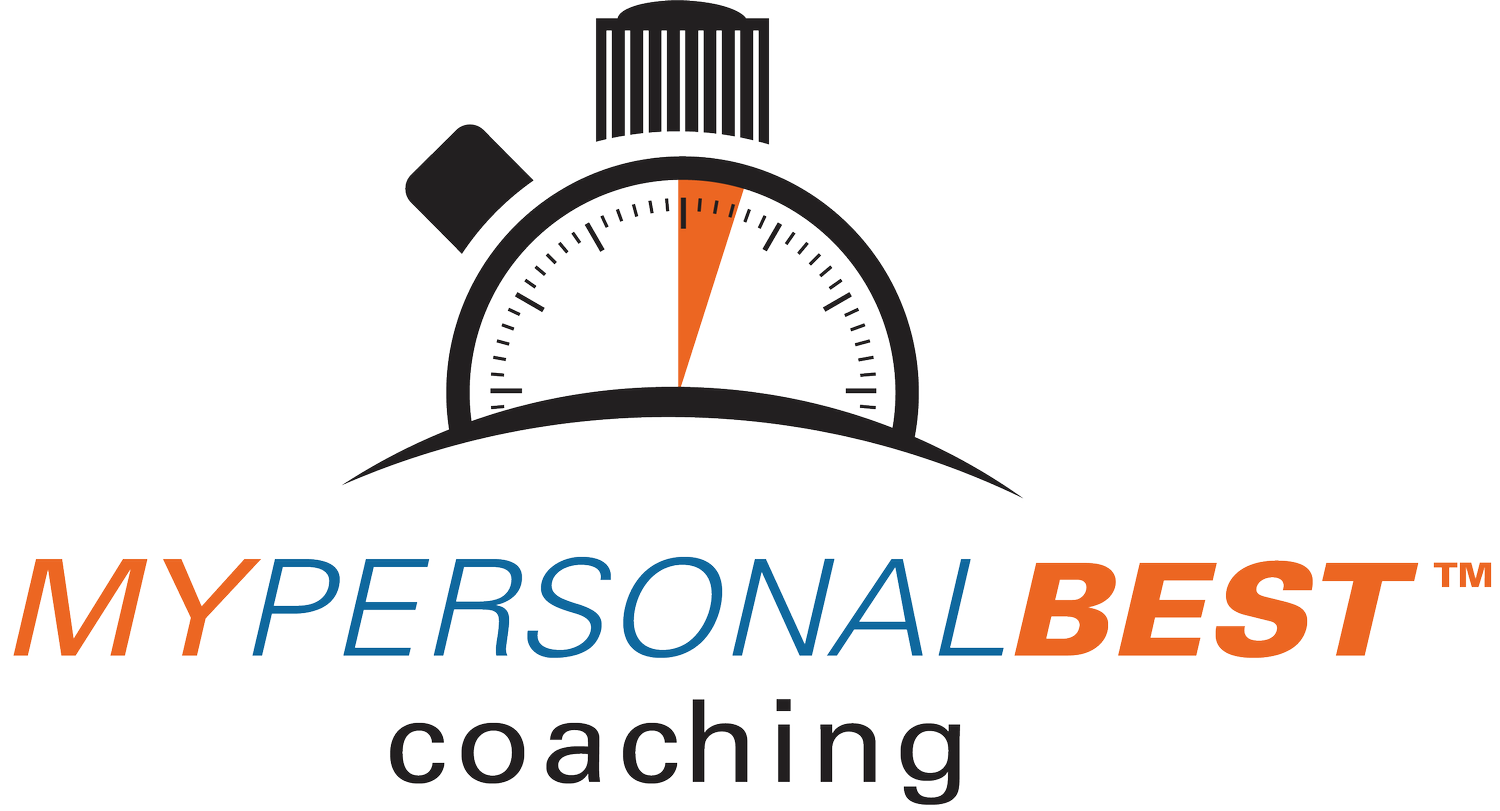How Conditioned Attitudes Shape the Athlete Within Us
As student-athletes, much of how we perceive ourselves, our abilities, and our potential comes from our experiences and the messages we receive from those around us. Parents, coaches, and teammates play significant roles in setting up the "lens" through which we interpret the events and challenges in our lives.
Our interpretations create the meaning we assign to our experiences. And meaning is everything.
Imagine two different athletes. Both face a tough game, make mistakes, and receive critical feedback. For one, these moments reinforce a conditioned story of "I'm not good enough," while for the other, the same feedback fuels a tale of "I'm learning and improving." The difference? It's all in the lens.
Conditioned Attitudes: The Invisible Force in Our Lives
Conditioned attitudes are beliefs, expectations, and narratives we've picked up from our environment—often without even realizing it. Over time, they set in motion patterns in our thinking, being, and doing. When this conditioning is positive, it builds confidence and resilience. But when it's negative or limiting, it can become a barrier to growth.
For student-athletes, this conditioning often starts with the perspectives and values communicated by those closest to them:
Parents: A well-intentioned parent may emphasize winning, leading the athlete to believe their worth is tied to their performance. Another parent might offer unconditional support, reinforcing a sense of security that allows the athlete to take risks and learn.
Coaches: Coaches set the tone for how athletes approach their sport. A coach focused solely on outcomes might condition athletes to fear mistakes, while a coach who values effort and improvement can foster a love of the game and resilience.
Teammates: Peers play a decisive role, especially for teenagers. Teammates who support each other through wins and losses help create a story of camaraderie and growth. Conversely, judgmental or competitive teammates can instill doubt and a fear of failure.
These influences subtly shape athletes' attitudes and beliefs about themselves and their abilities. Over time, these become the foundation of their "default story"—a running script that plays in their mind, especially during high-pressure moments.
The Power of Awareness: Choosing Your Story
Awareness of this conditioning is a decisive first step for any athlete. Too often, we mistake these learned attitudes for the truth. But they're not set in stone; they're simply one way of looking at the world. And with practice, we can rewrite them.
Here are three questions that student-athletes can use to start becoming more aware of their conditioned attitudes and default stories:
Where did this belief come from? Start by asking yourself where specific beliefs about your abilities, strengths, or weaknesses originated. Did they come from an overly critical coach? From a parent who pushed you to be the best? From a teammate who doubted you? Understanding the source can help you decide if that belief truly serves you or if it's something you want to reframe.
How does this story affect my approach to challenges? Notice how certain attitudes influence your responses in challenging situations. Do you tend to shy away from risks because you fear looking inadequate? Or do you see challenges as opportunities to grow? Reflecting on this can help you identify the stories that push you forward versus those that hold you back.
What's a new story I can tell myself? Once you know the conditioned story you're carrying, try reframing it. Replace "I always mess up under pressure" with "I'm learning to handle high-pressure situations." Shift "I'm only good if I win" to "I'm valuable because I show up and give my best." These small shifts can have a massive impact over time, transforming how you view yourself and your sport.
Supporting Athletes in Rewriting Their Stories
For parents, coaches, and teammates who want to help young athletes break free from negative conditioning, consider these three supportive approaches:
Be mindful of your words. Every word you say to a young athlete contributes to their inner story. Focus on language that encourages growth, resilience, and self-worth beyond results. Replace "You're not fast enough" with "Keep working on your speed—you're improving daily."
Celebrate effort, not just results. Recognize the effort they put into training, the courage to try new things, and the resilience to bounce back after losses. When athletes see that their value isn't tied to outcomes alone, they're more likely to embrace challenges and learn from them.
Encourage reflection and self-awareness. Ask questions that help athletes see their progress and recognize their growth. Encourage them to keep a journal where they can write down moments of growth, positive reflections, and times they overcame a challenge.
Embracing Our True Potential
Conditioned attitudes are powerful, but they're not unchangeable. When athletes become aware of these attitudes and learn to rewrite their stories, they can reach their true potential.
For any young athlete, the most empowering realization is this: You are more than the story you've been told. Your abilities, resilience, and worth don't come from others' judgments or expectations. They come from within you; you're free to shape them into something extraordinary with every choice.


